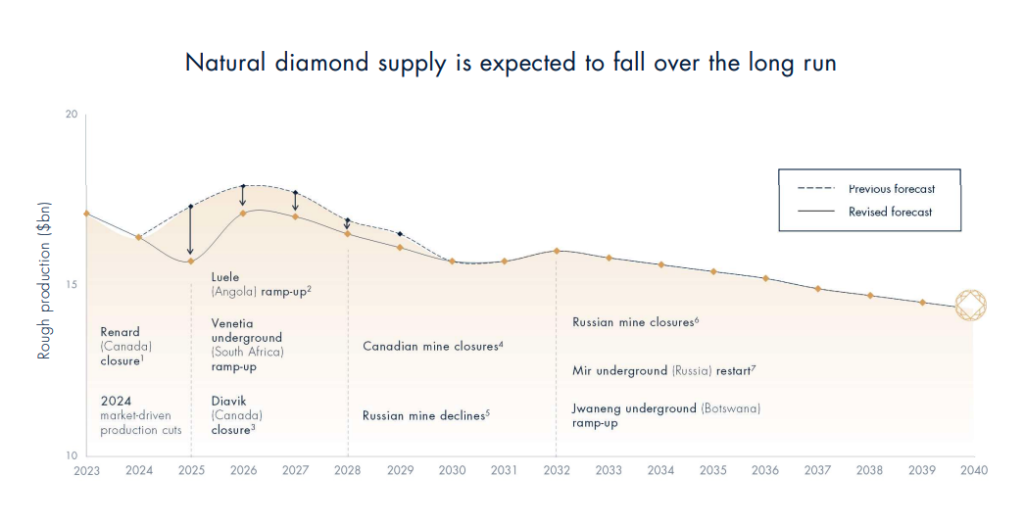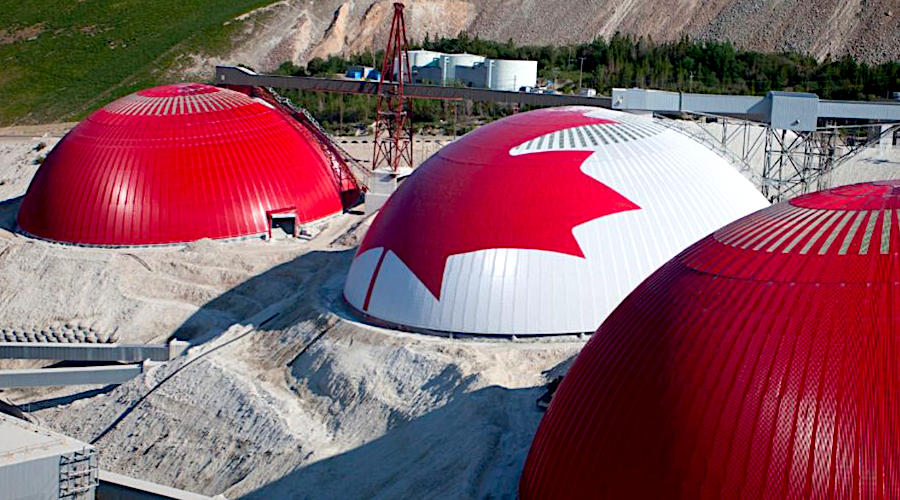De Beers closes 2024 with huge price cuts

De Beers, the world’s largest diamond producer by value, is reducing the prices of its mined gems by more than 10% amid persistent market challenges that have prompt it to abandon earlier efforts to stabilize prices.
The diamond miner, a unit of Anglo American (LON: AAL) that has been on the chopping block since May, had already tried giving customers more flexibility and the right to refuse goods rather than lowering prices this year.
Hopes were pinned on strategies such as renewed marketing efforts, the scrapping of man-made diamonds in its offering, and campaigns aimed at engaging younger consumers.
Among these moves, targeting “Zillennials”— the microgeneration born between 1993 and 1998 —was seen as key. This group has driven a surge in demand for affordable lab-grown diamonds (LGDs), particularly in North America.
On Monday, the company announced a price reduction of 10% to 15% for most of its goods, according to sources cited by Bloomberg News. This would mark the first significant price cut of the year and one of the most substantial in recent history.
Attempts to obtain a comment from De Beers had been unsuccessful at the time this story was posted.
Typically secretive about its pricing, De Beers reserves large-scale reductions as a last resort. The recent move underscores the market struggling to maintain profitability amid declining demand.

As a dominant force in the rough-diamond market, the company holds 10 sales annually, where selected buyers, known as sightholders, must accept the fixed prices and quantities on offer.
Despite the challenging conditions, De Beers is aiming for annual core profits of $1.5 billion by 2028. Last year, however, it earned just $72 million — far below its historical range of $500 million to $1.5 billion, which the miner attributed to the diamond industry’s cyclical nature.
More News
{{ commodity.name }}
{{ post.title }}
{{ post.date }}



Comments